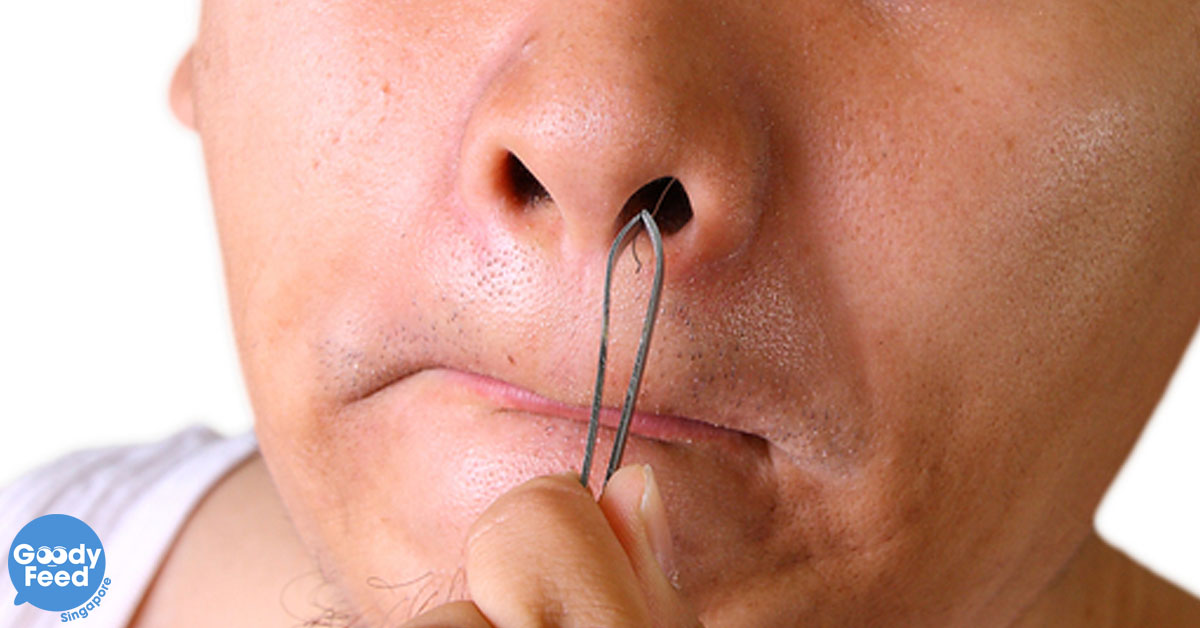In unfortunate moments, we might find ourselves wishing we had the courage to point out to that stranger on the train that he needs to trim that bush hiding inside his nose. Or maybe you’re the unsightly one, too lazy to attend to your hygiene needs. Before you start feeling guilty about your nose hairs, here are some facts you might want to know.
1. Cut, don’t pluck
It may be tempting to pluck those infuriating hairs out so they’ll stop sticking out of your nose, but cutting is for the best. Plucking increases the risk of infection, perhaps because the nose is not a sterile part and the flesh left exposed will be vulnerable. Plus, it might not hurt so much if you’re just trimming instead of forcing a strand out.
2. Create a pig’s nose when cutting your hair
It’s often difficult to cut the tiny rascals and ensure you don’t accidentally slice your nose or anything of the sort (OMG, imagine that). Press on the tip of your nose, near the bridge. Upon pressing backwards, you’ll be able to see the inside of your nose more clearly, and you can circle your nostrils to clip hairs more easily. Don’t worry about looking like a pig; you’d look much worse with long nose hairs.
3. Removing nose hair does not make them grow back faster
Unlike hair on other body parts, nose hair does not grow back more quickly upon being trimmed. There’s no evidence for this, though we may see this happening in other areas. Meanwhile, plucking may prevent it from growing back at all, and that would leave your nose unprotected.
4. Thin hair gives higher chances of asthma
The thinner your nose hair, the more likely you are to suffer from asthma, as shown here. With a smaller surface area to catch intruding particles, it’s easy for the thin hair to miss some dangerous ones. Upon entering the system, it’s not surprising that these molecules could cause sickness like asthma.
5. The hair keeps waving
That’s right, say hello back. Your nose hairs don’t stay still; their waving moments may be small, but they keep on shifting in order to catch the stray particles barging into your nose. This is how they sweep up pollutants entering your nose and ball them up into mucus.
What, you didn’t know there’s a function for this annoying hair?
6. Hair thickness and colour change as you grow
Hormones in your body change as you age, and that in turn affects body hairs. A common change is to see thicker hairs, and you may also seem them darken in colour as well. Unfortunately, this might mean that the larger hairs are more evident.
7. Use a warm cloth to loosen ingrown hair
The most annoying hairs are the ones that decide to burrow under your skin, and ingrown hairs are indeed the toughest to get out. To ease the process, nudge the inside of your nose with a warm cloth, and pretend to pick your nose. The motion should create at least a little bit of stimulation, and that little itch means the hair is on its way out!
Just do us all a favour and tame the bush that is your nose hair, alright?



